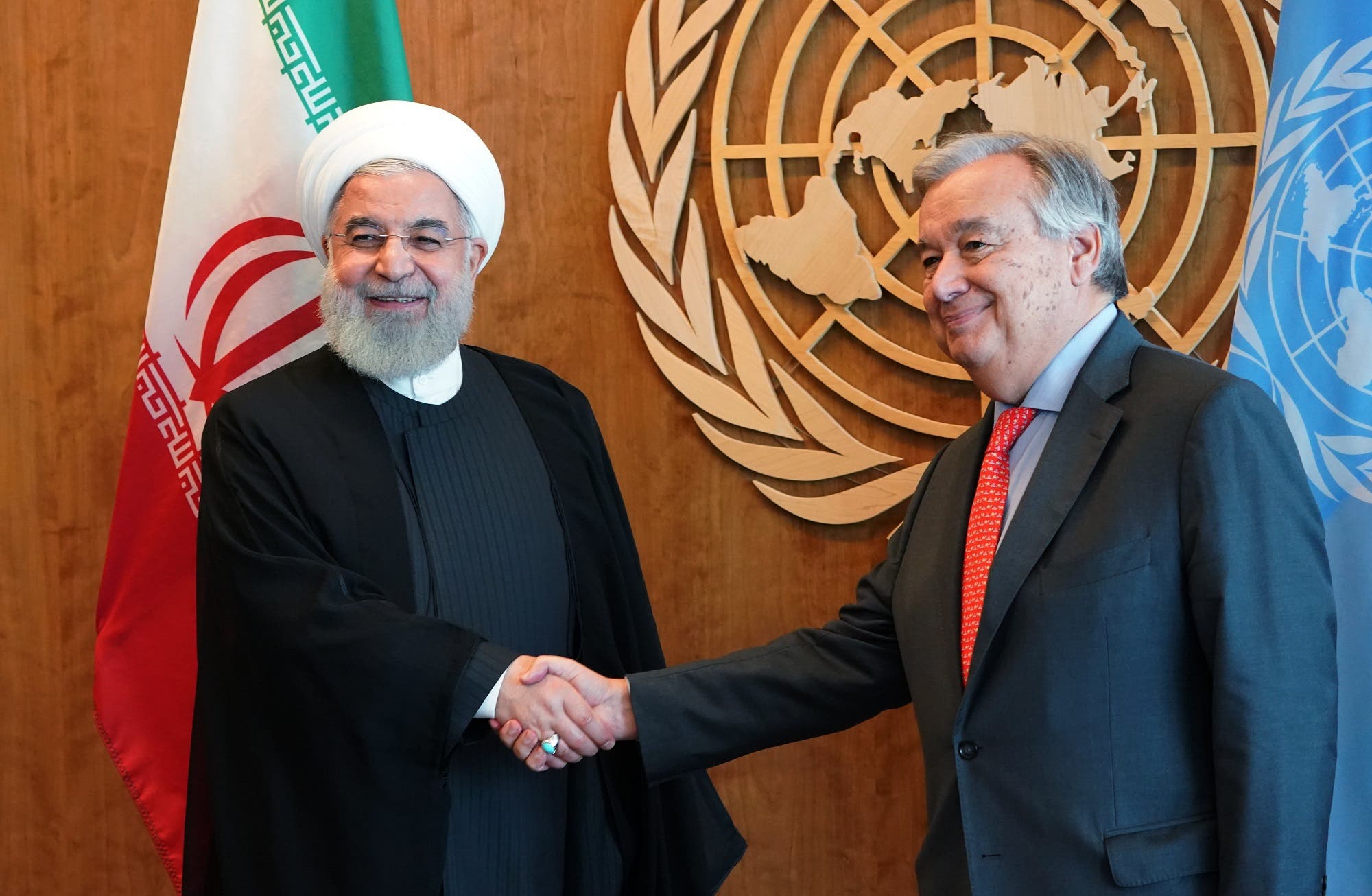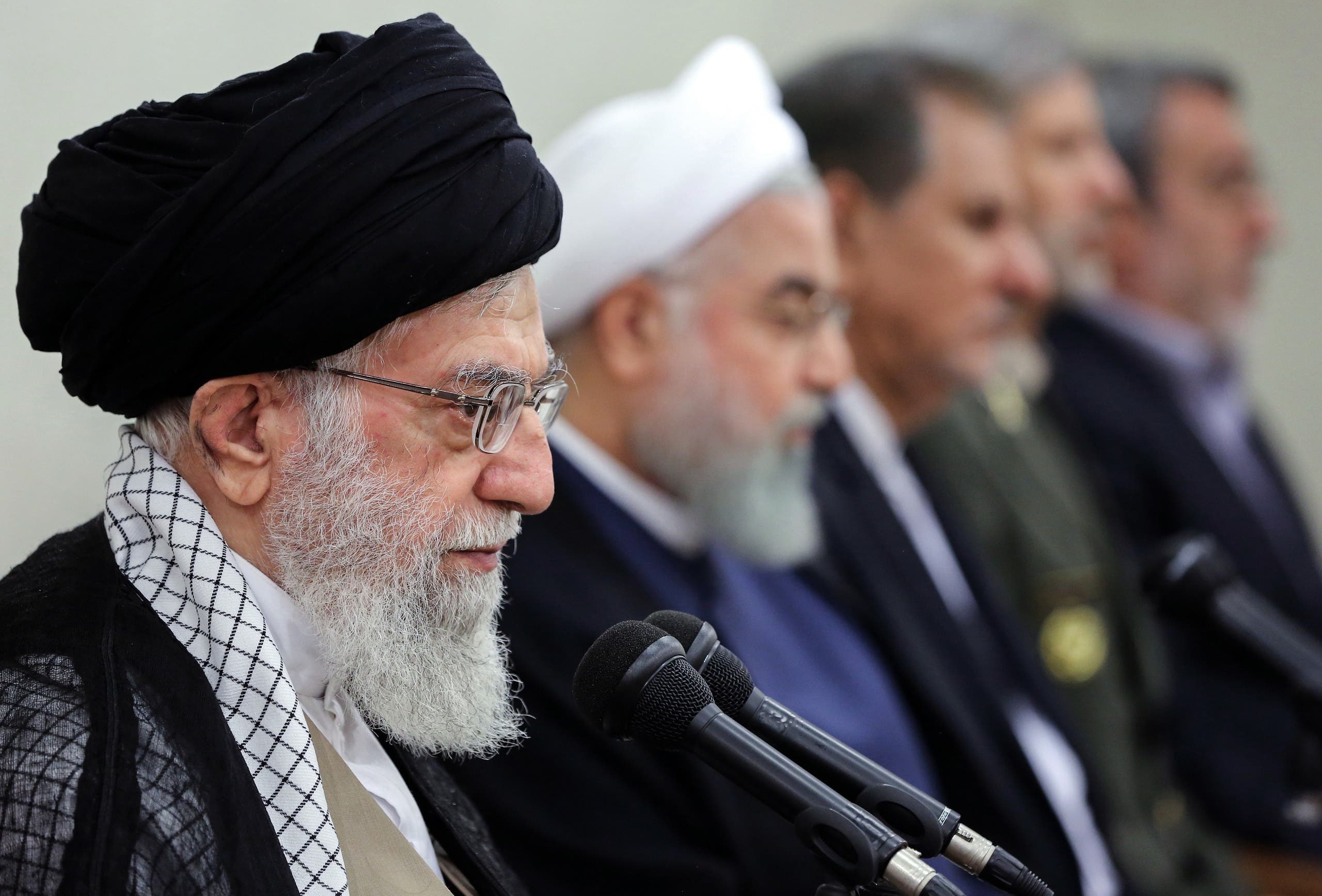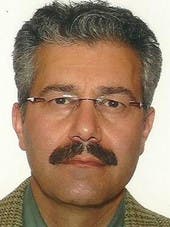Many view the meeting of the United Nations General Assembly held every year in the fall as an opportunity to make peace with the rest of the world with the exception of a handful of nations such as the Iranian regime. This year is no different for ruling clerics at odd with the world.
Aside from internal criticism over the financial burden of the trip especially when ordinary Iranians are desperate and worried about the rising cost of living, President Hassan Rouhani’s address would have no significance since the final word comes from Tehran and the regime’s Supreme Leader Ali Khamenei.
Every year, a big delegation is sent to the international event. Not counting those with an actual mandate such as the president or the foreign minister a large group of family members or even distant relatives of the regime’s officials tag along.
They simply get the free ride for sightseeing and shopping while their husbands or fathers showcase their supposed love and devotion for poor and impoverished not only in Iran but throughout the world. What a mockery of human values.
No doubt the Iranian regime has prepared a well rehearsed scenario for this year for the most important gathering of heads of states in New York. Ali Khoram a regime’s seasoned diplomat and close to Rouhani’s camp prescribed for the president to play it safe and refrain from the usual fiery speeches which are only good for internal consumption.
Khoram went on to tell Rouhani to play the martyr and complain about return of sanctions and how much it has bitten the ordinary citizens especially children and those in dire need of medicine.
The state-run daily Kayhan, which is a mouthpiece for Khamenei warned Rouhani and advised him to follow the strict guidelines set by the Supreme Leader.
Kayhan sarcastically wrote: “Those who are nostalgic for renegotiations with the United States are moles and spies.” “Overt or covert meetings with former ‘bodies’ from good old days of negotiations for nuclear deal do not go unnoticed,” the paper added.

President Rouhani meets with UN Secretary General Antonio Guterres in New York on September 26, 2018, on the sidelines of the United Nations General Assembly. (AFP)
Iranian regime at an impasse
Despite the rivalry among two main factions of the regime and their plans and recommendations for saving the regime’s skin, Khamenei is in a serious dilemma that has crippled him. Iran’s national currency is plummeting everyday signaling a dying economy. Iran’s currency market according to traders is acting crazy and there is no hope.
“The US dollar price skyrocketed in Tehran’s markets on Monday, soaring over 160,000 rials. The euro was selling between 175,000 to 189,000 rials. The British pound had increased to over 210,000 rials.”
The state-run ISNA news agency described these escalating statistics as “strange” and added, “Today, trading for the US dollar began at around 149,000 to 150,000 rials and even reached the 155,000 rial mark.” These statistics were registered in authorized currency exchanges. In Tehran’s black market, however, the prices reached over 160,000 rials.
A citizen told Jahan-e-San’at daily on September 6th, “I earn around 22 million rials a month. With a mortgage of 9 million and two children, how can I buy 1 kilogram of rice for 100,000 rials, red meat at 600,000 rials and fruits at least 80,000 rials for each kilogram?”
Analyzing the increasing price of essential goods, the state-run ILNA news agency reported on September 11th: “In September, an average worker’s family must spend 72 percent of their earning to simply remain alive. At the end of the day, this family has less than 4 million rials to provide for their essential necessities, such as mortgage, transportation, and education. But how?”
Truckers went on strike again this week over high cost of maintenance and low incomes. The new round of strike hit hard on September 22th in Yazd, Mashhad, Shiraz, Karaj, Neka, Sanandaj, Bukan, Dezful, Bardsir, Borujerd, Isfahan, Shapur Jadid, Qazvin, Urmia, Bandar Abbas, Bandar Khomeini & the Khorram Abad/Pol-e Dokhtar.
Shiraz’s Prosecutor, Ali Salehi, threatened the truckers with legal action. He used the key word often used by the Iranian regime’s judiciary officials to threaten people with death. Salihi said: “Those continue the strike and break the law could be prosecuted as ‘Mohareb’ (waging war against God deemed a capital crime in Islam publishable by death).”
Not a day goes by without fresh strikes and protests in Iran. So far the theocratic regime has responded with an iron fist. In past three weeks 31 prisoners were hanged in different cities across the country. Nine were hanged together in the central city of Shiraz on September 22th.

A handout picture shows Iran’s Supreme Leader Ayatollah Ali Khamenei speaking during a government meeting in Tehran on August 29, 2018. (AFP)
Nightmare for Khamenei
Khamenei no longer hide his biggest nightmare: fear of its main opposition growing in numbers and gaining strength in Iran.
According to the regime’s analysts, the People’s Mojahedin Organization of Iran (PMOI/MEK) has been behind every protest and strike especially in the past eight months. Khamenei’s fear is valid since many in the world have come to realize that this regime has lost all credibility and his biggest nightmare is coming true.
Last week was a show of force for those Iranians dreaming for a genuine democratic change in Iran. Iranian American Communities conference’s “2018 Iran Uprising Summit” was it. Many former American and European officials were present. The keynote speaker was Maryam Rajavi, President of the National Council of Resistance (NCRI). She addressed the meeting via video feed.
“We call on the United States to expel the Iranian regime’s operatives from America. We urge Western governments to shut down or restrict the regime's embassies, which are control centers for espionage and terrorism; and to expel this regime's criminal forces from Syria and Iraq.” The opposition leader added: “Iran’s seat at the United Nations does not belong to the terrorist regime ruling it. That seat belongs to the Iranian people and Resistance,” Rajavi said.
Time has come for a new era in Iran without the clerical regime.
--------------------------------------------------------------------------
--------------------------------------------------------------------------
Reza Shafiee is a member of the Foreign Affairs Committee of the National Council of Resistance of Iran (NCRI). He tweets @shafiee_shafiee.

 By Reza Shafiee
By Reza Shafiee






